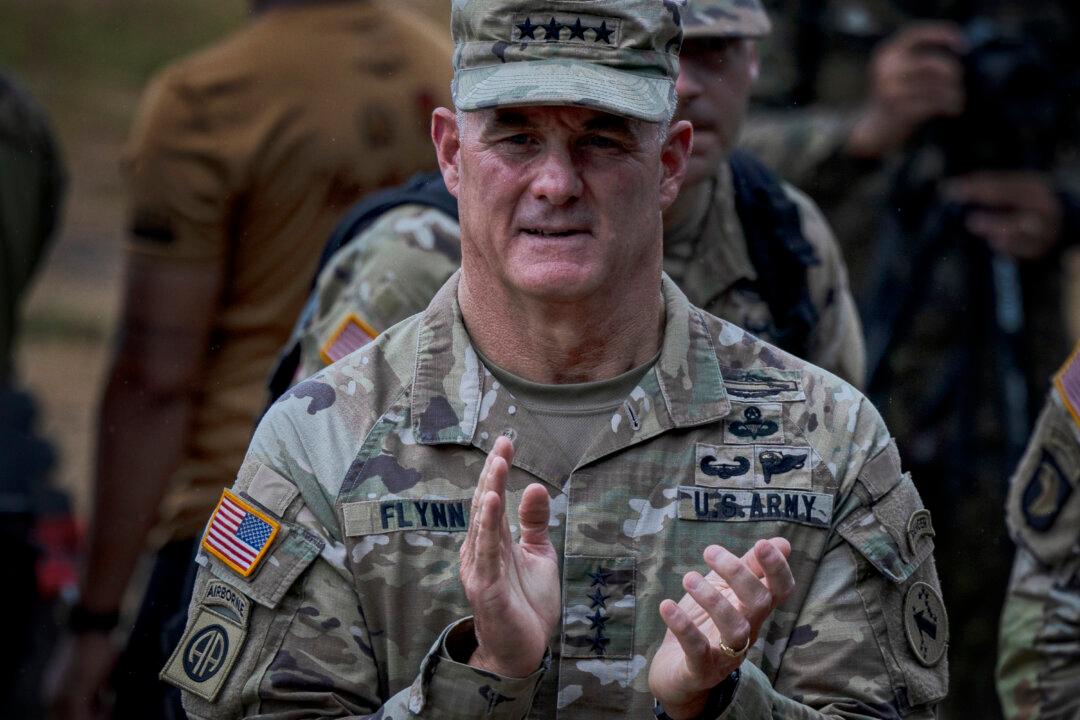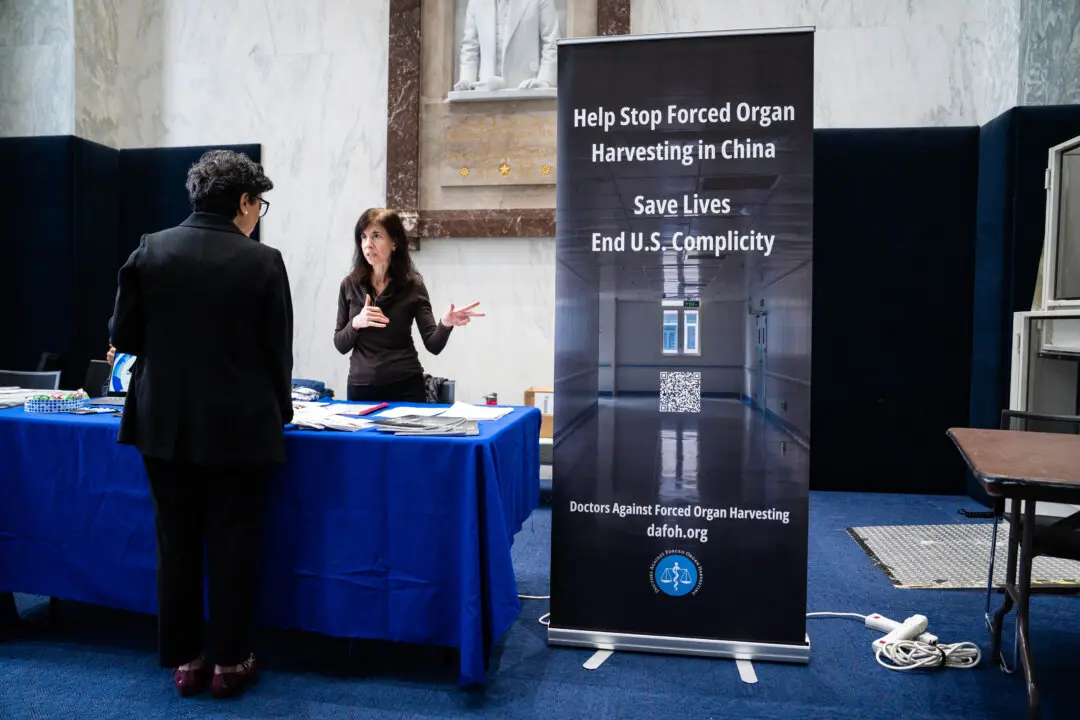The U.S. Army Pacific (USARPAC) recently held a five-day course for military and civilian personnel, educating them on how the Chinese Communist Party (CCP) thinks militarily.
The course, called China Way of War, is the first of its kind and was attended by 23 joint uniformed service members and civilians for five days, ending on Feb. 9, according to a press release from USARPAC. Participants learned via primary source documents, interactive exercises, and a capstone wargame, and they “built a nuanced understanding” of the CCP and its military, the People’s Liberation Army (PLA).





